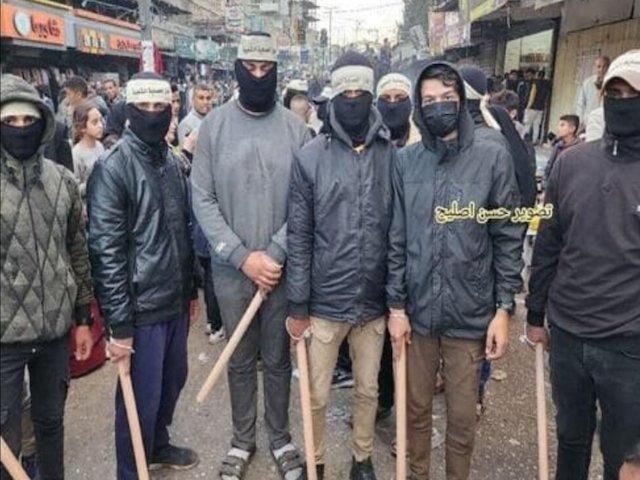In the days following the Israeli Defense Forces' (IDF) strategic withdrawal from Khan Younis, the city witnesses a cautious yet definite resurgence of Hamas presence amidst the rubble of conflict. In a bid to reestablish dominion over the southern Gaza Strip enclave, Hamas operatives, wielding authority rather than weapons, blend with returning citizens, signaling an undeterred command over the population despite the absence of a formal governance alternative.
Israel's stance, refraining from empowering Fatah operatives within Gaza as a counterbalance to Hamas, underscores the complexities of the situation. The aftermath of the IDF's principal military engagements reveals a nuanced challenge: diminishing Hamas' influence extends beyond the battlefield into the realm of civil administration. The indirect consequence of Israel's military strategy is a tacit perpetuation of Hamas' civil authority, inadvertently setting the stage for the group's prolonged influence.
How is Israel supposed to achieve a remotely decent hostage-ceasefire deal when Hamas leaders in Gaza feel no pressure & think they have all the time in the world? Send evacuation orders to civilians in Rafah to head to Khan Younis & other environs; set up tent cities with field…
— Liran (@LJBraude) April 10, 2024
Contrary to targeting Hamas' military apparatus alone, the IDF faces the intricate task of disrupting Hamas' deeply entrenched civil and internal security mechanisms, which continue to exert control and instill fear among the civilian population. This includes the selective engagement of Hamas "enforcers," demonstrating the strategic but limited interventions by Israeli forces.
Despite the conflict, the daily life in Gaza exhibits signs of stabilization under Hamas' rule, notably in the economic sphere where efforts to control food prices and reduce taxes have been observed, particularly in anticipation of Eid al-Fitr. However, this semblance of normalcy does not extend to all regions equally, with the IDF preparing for targeted operations against remaining Hamas strongholds, highlighting the protracted nature of the conflict.
“4 days since the withdrawal of the IDF, a picture of the situation in the Gaza Strip:
— Shirley 🧡 שירלי (@Curly_Shi) April 10, 2024
1. Hamas restores its control in Khan-Younis, instilling fear in the crowds who returned to their destroyed homes with its masked activists wielding clubs
2. These are operatives of the… https://t.co/uxWo0pMw1M
The narrative extends beyond Gaza's borders, as international dynamics play out in the form of humanitarian aid convoys from Jordan, traversing Israel to deliver supplies to Gaza. This effort, while addressing immediate needs, also reflects broader geopolitical considerations and the impact of international pressure on Israel, especially in the wake of incidents resulting in civilian casualties.
The influx of aid into Gaza, facilitated by Israel amidst international scrutiny, illustrates the complex interplay of humanitarian concerns, diplomatic pressures, and the strategic calculus of providing assistance that ultimately benefits Hamas. The ongoing dialogue within Israel's security establishment, punctuated by the pragmatic yet cautious voice of Major General Ghassan Alian, underscores the multifaceted challenges of ensuring aid delivery while navigating the political implications of the conflict.
According to Israeli outlet Ynet, officials in Jerusalem think the withdrawal of troops from Khan Younis and the surge in humanitarian aid entering Gaza hurt the chances of reaching a hostage deal. They think Hamas won’t compromise after getting so much for free.
— Aviva Klompas (@AvivaKlompas) April 10, 2024
The discourse within Israel's military and security circles reveals a sobering consensus: the definitive defeat of Hamas, a goal intertwined with both military strategy and political resolution, remains a distant prospect, with estimates extending into the latter half of the decade. This outlook, shared by seasoned officers and security analysts alike, reflects the enduring complexity of achieving lasting peace and security in the region, amidst the backdrop of fragile stability in Judea & Samaria and the potential repercussions of any future exchange deals involving Palestinian prisoners.
In summary, the evolving situation in Gaza post-IDF withdrawal paints a picture of resilience amid devastation, strategic challenges intertwined with humanitarian concerns, and the enduring quest for a sustainable resolution to the conflict. The narrative of Hamas' reassertion, Israel's strategic calculus, and the international dimensions of aid and diplomacy underscore the protracted nature of the battle for stability and peace in the region.


